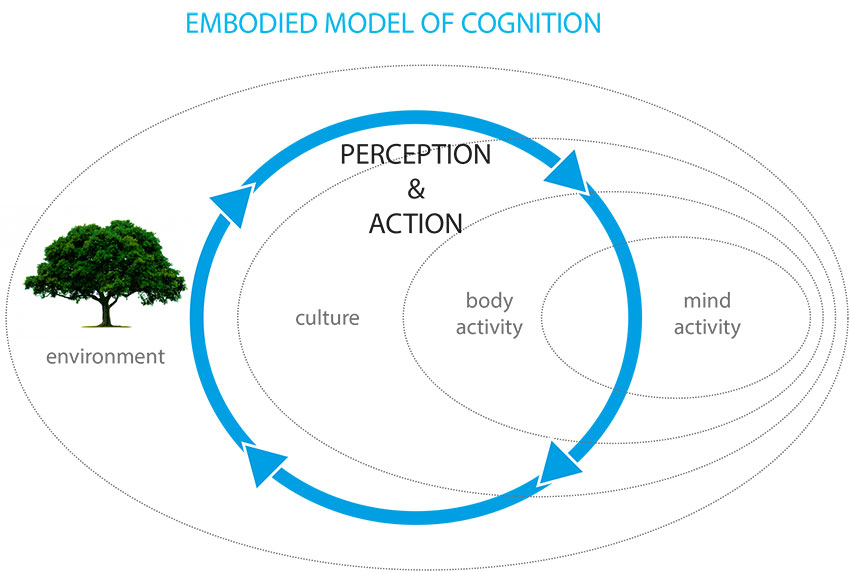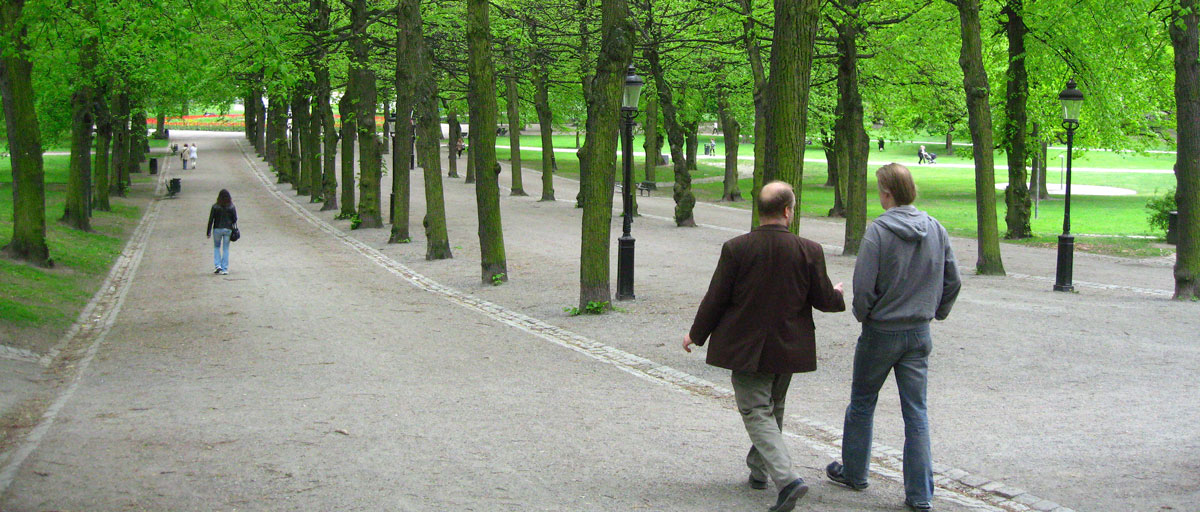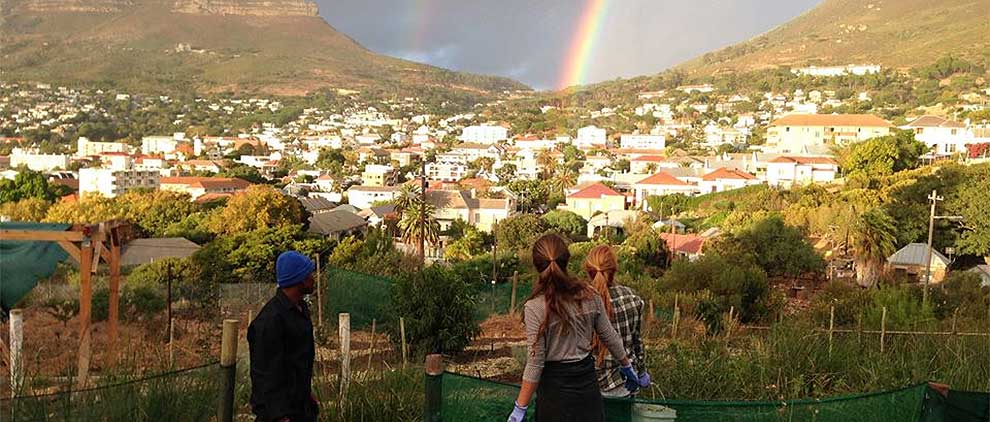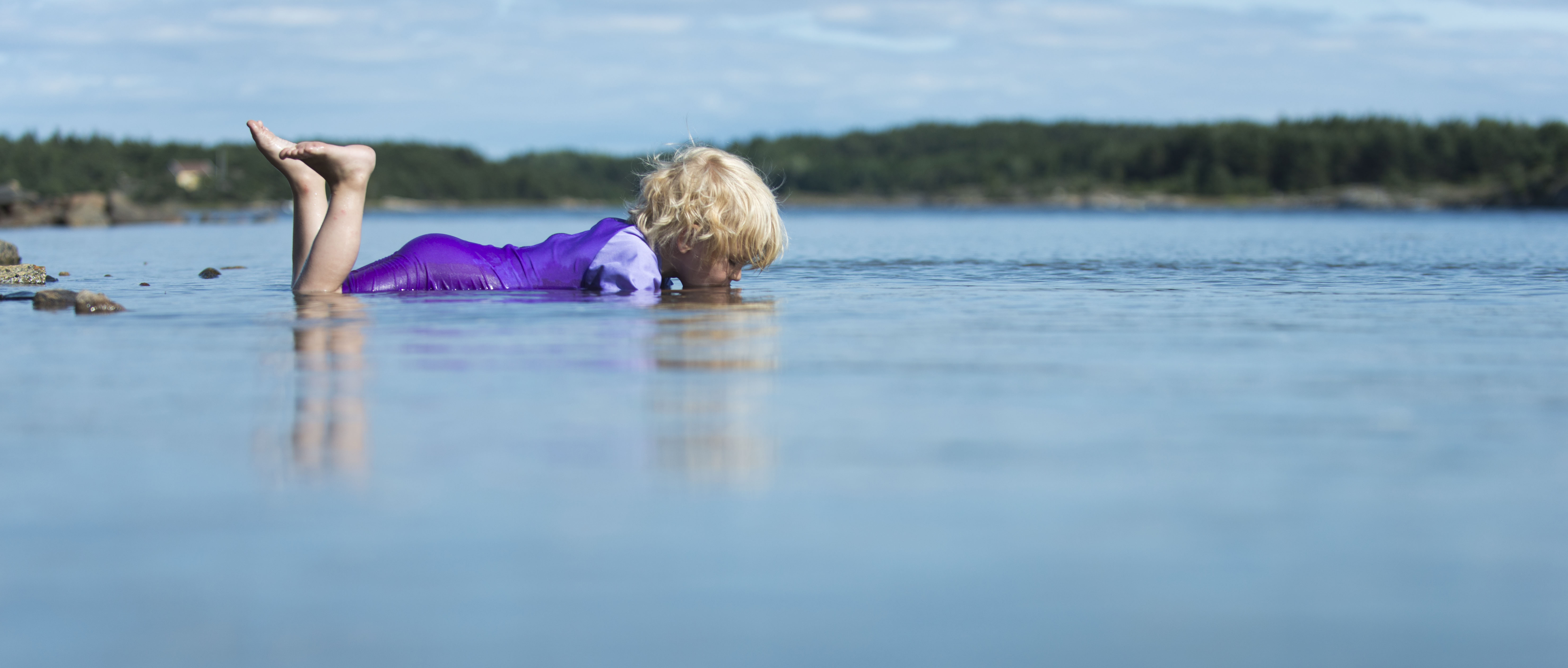
In an article recently published in Journal of Environmental Planning and Management researchers push for a shift towards what they call an ”embodied scientific realism” where the connections between mind, body and environment are acknowledged. Photo: L. Karlsson/Azote
Bildtext får vara max två rader text. Hela texten ska högerjusteras om den bara ska innehålla fotobyline! Photo: B. Christensen/Azote
SCIENCE DISCOURSE
A new scientific realism
Researchers call for a new ”embodied scientific realism” where connections between mind, body and nature are better accounted for
• Current ecosystem services frameworks is based on a ”duality” between ecosystems and cultural systems
• The authors present a relational framework called Embodied Ecosystems to fully appreciate human-environment relationships in ecosystem management
• This approach makes it easier to reveal opportunities and perceptions of the landscape that would otherwise remain hidden
Imagine reaching the top of a mountain, looking over a spectacular landscape. You might be short of breath, but you could easily be short of words too. Nature in all its splender gives us experiences and moments that can last for a life time. It also keeps us in shape and offers us moments to reflect. Quite the service considering it’s for free.
The good news is that there is a growing consensus these ecosystem services are the result of a close interactions between humans and nature. The bad news is that scientific and political assessments are slow or even reluctant to consider this. Nature and the environment is still seen as a rational set of stocks, flows and beneficiaries that are held separate from social and psychological aspects.
A duality between individuals, culture and the environment
In an article published in Journal of Environmental Planning and Management, centre researchers Matteo Giusti and Stephan Barthel, together with Christopher Raymond from the Swedish University of Agricultural Sciences call for a change in how science looks at the human-nature connections.
Despite the attention paid to co-production, we are concerned that there remains a duality between individuals, culture and the environment in various assessment frameworks
Christopher Raymond, lead author
The authors call this a "disembodied scientific realism" where nature is considered separate from humans rather than inseparable. Instead, the researchers push for a shift towards what they call an ”embodied scientific realism” where the connections between mind, body and environment are acknowledged and considered to change over time.
”One cannot understand aspects of any ecosystem without also understanding aspects of the intertwined social-cultural system, and vice-versa,” Matteo Giusti explains.
In their paper, the authors believe an embodied scientific realism can help us to better understand how we humans use, enjoy and obtain different kinds of benefits from ecosystems.
Time for a shift in discussions
The authors encourage a shift in scholarly discussions from the co-production of cultural ecosystem services to embodied ecosystems to acknowledge how culture is deeply nested in how humans perceive and act towards the environment.
This embodied approach makes it easier to reveal opportunities and perceptions of the landscape that would otherwise remain hidden, the authors argue.
”We believe it can change them way people see and interact in landscapes which in turn can result in establishing new values, revitalising hidden ones or simply reinforcing existing relations,” co-author Stephan Barthel says. One example of new values is the diversity of experiences and recreational assets connected to mountain biking, an activity unheard of in the 1950s.

Embodied model of cognition including cultural processes, adapted from Hinton (2014). Click on illustration to access study
Limitations good ground for future research
The authors recognise that the current embodied ecosystems approach come with certain limitations. The approach is more applicable to humans who are directly involved in nature interactions compared to larger scale assessments of the value of nature. There are currently no methods, indicators or metrics for assessing different monetary and non-monetary values.
These areas could provide fertile ground for future research, the authors argue. In fact, it should be a scientific duty to look into this approach closer, they say.
"We believe researchers have a responsibility to develop new analysis techniques for better understanding the relational qualities among mind, body, culture and environment in environmental management research," Giusti, Barthel and Raymond conclude.
Raymond, C. M., Giusti, M. Barthel, S.2017. An embodied perspective on the co-production of cultural ecosystem services: toward embodied ecosystems. Journal of Environmental Planning and Management, pp. 1-22. DOI: 10.1080/09640568.2017.1312300
Matteo Giusti is a PhD student looking at the importance of nature routines in cities. His Ph.D. project revolves on how to create spatial configurations of urban nature that support the psychological foundation for environmental stewardship – identification with nature.
Stephan Barthel studies environmental issues in metropolitan landscapes and has been part of developing the discourse on urban social-ecological systems










